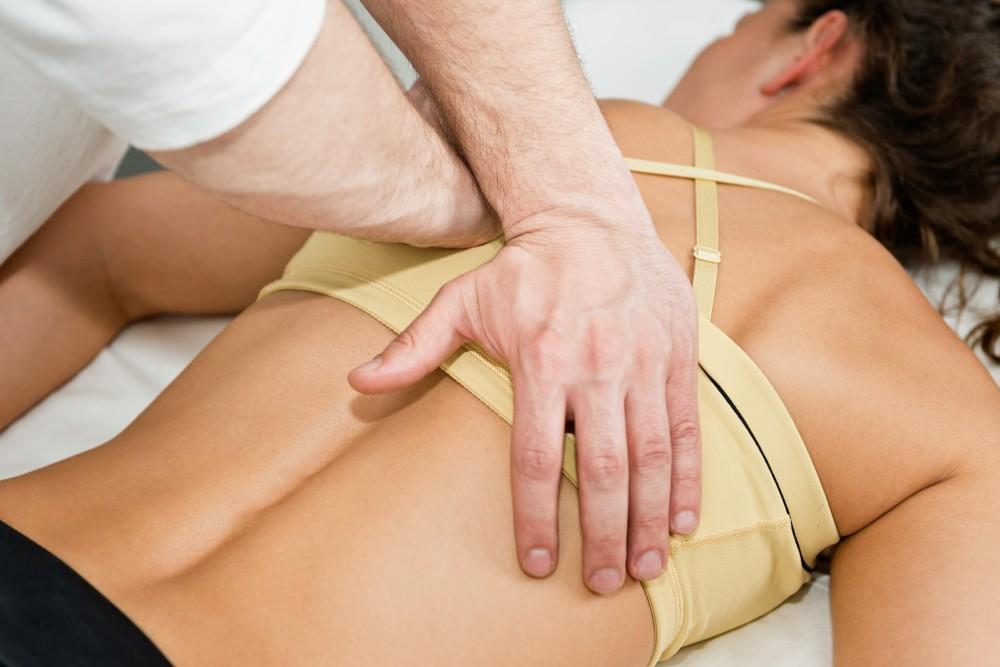
How to Prevent a Herniated Disc From Causing You Pain

Oh! That aching back! Back pain is one of the most common medical complaints in the U.S., and for good reason: We use our backs for just about everything we do, from standing, walking and climbing, to sitting, bending and lifting. Lots of factors can cause back pain, including herniated discs, one of the more common causes of back pain.
Your discs are spongy structures located between each pair of spine bones (o vertebrae). Discs help cushion your bones, protecting them from impacts when you walk or perform other activities. And they also help keep your back flexible, so you can turn, bend and twist without discomfort. Each disc contains a tough outer membrane and a gel-like center portion. Under normal, healthy conditions, your discs are contained within the perimeter of your spine bones.
But sometimes, a disc can slip out of its normal position and extend beyond the edges of the vertebrae it’s protecting. When you move your back, the bulging part of the disc can become “pinched” or herniated, causing pain and irritation of the surrounding tissue and the nerves that exit the spine in that area. Herniated discs can cause a lot of discomfort, but the good news is, in most cases, those symptoms can be relieved without surgery, using conservative approaches — and a little common sense.
Three non-surgical ways to prevent herniated disc pain
Most people begin their treatment with medication aimed at reducing both pain and swelling. Therapy typically begins with oral medication — pills — to see if they offer the relief you’re looking for. If they don’t, the doctor might recommend injections of corticosteroids and numbing anesthetics to help relieve symptoms and inflammation. Often, medication is combined with the second nonsurgical option: physical therapy.
For herniated disc treatment, most physical therapy focuses on gentle stretches to help improve circulation in the area. Circulation is very important for healing, helping both to infuse the area with oxygen and other nutrients essential for tissue healing and to carry away toxins and other byproducts of inflammation. Physical therapy can also help strengthen the muscles that support your back, reducing strain on the area of your spine where the damaged disc is located. In addition to the care and treatment you receive during your therapy sessions, you’ll also learn exercises you can do at home. Most importantly, your course of therapy will be customized for your symptoms, your medical profile and your lifestyle.
Now for the common sense — combined with a little DIY TLC. First, don’t overstrain your back. Avoid activities that cause pain, like lifting, repetitive bending or climbing, if you can. At the same time, don’t just lie around. Bedrest can actually make your symptoms worse. Stay active around the house and take short walks every day. Use ice packs for 15- to 20-minutes at two-hour intervals to relieve pain and swelling. Skip lounging in those soft, comfy chairs, and opt for a firm chair that offers lots of support for your back. And finally, remember what your mom said and sit up straight. Slouching — whether you're standing or sitting — can put a surprising amount of uneven strain on your back, which is only going to cause your symptoms to get worse.
I still have pain!
Although most herniated discs can be treated with the above methods, sometimes you need more than conservative treatment to get rid of your painful symptoms. In those instances, you might benefit from surgery to remove the damaged disc. At Advanced Spine and Pain, we offer two types of surgery for herniated discs: microdiscectomy and laser endoscopic discectomy. Both techniques use tiny incisions and they’re performed on an outpatient basis. Afterward, the incisions are closed with bandages. Recovery is quick and most people experience significant pain relief within a few days to a week of their procedure.
Learn what’s causing your back pain — and how to treat it
At Advanced Spine and Pain, we use the most advanced techniques to diagnose and treat spine pain so you can get back to the activities you enjoy — without pain and other symptoms. To learn more about the options we offer or to find out what's causing your back pain, book an appointment online today.
You Might Also Enjoy...


Understanding the Difference Between Cervical and Lumbar Stenosis

What to Expect After Radiofrequency Ablation for Neck Pain

When to Consider Injections for Your Sciatic Pain

What Happens When You Throw Your Back Out?

